The Apartheid Museum in Johannesburg and the historic township of Soweto offer visitors a powerful glimpse into South Africa’s turbulent past and inspiring journey towards reconciliation. Through interactive exhibits and personal accounts, the museum chronicles the country’s struggle against the oppressive system of racial segregation. Exploring Soweto’s vibrant streets, one can’t help but feel the resilience and determination that fueled the anti-apartheid movement. As you uncover the profound stories that shaped this nation, the path ahead becomes clearer, inviting you to discover how South Africa’s transformation continues to unfold.
Good To Know
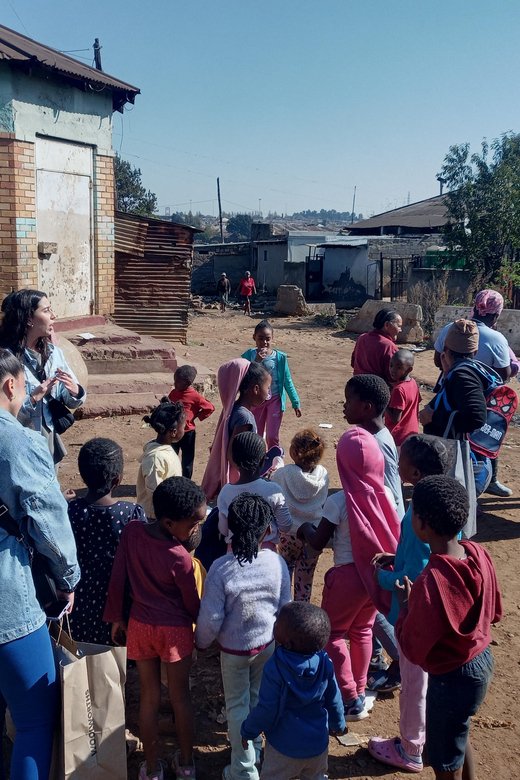
- The Apartheid Museum chronicles the history of racial segregation in South Africa, highlighting the struggle for equality and the resilience of the human spirit.
- Soweto is the center of the anti-apartheid struggle, home to the Hector Pieterson Memorial and two Nobel Peace Prize winners, Mandela and Tutu.
- Guided tours offer an in-depth exploration of the Apartheid Museum, visits to the iconic Soweto township, and insights into the daily lives of residents.
- Visiting Nelson Mandela’s former home in Soweto provides an opportunity to walk in the footsteps of the iconic leader and understand his commitment to social justice.
- Exploring the vibrant township culture of Soweto, including bustling markets, local shebeens, and engaging with residents, offers a unique insight into the ongoing societal transformation.
Exploring Apartheid Museum
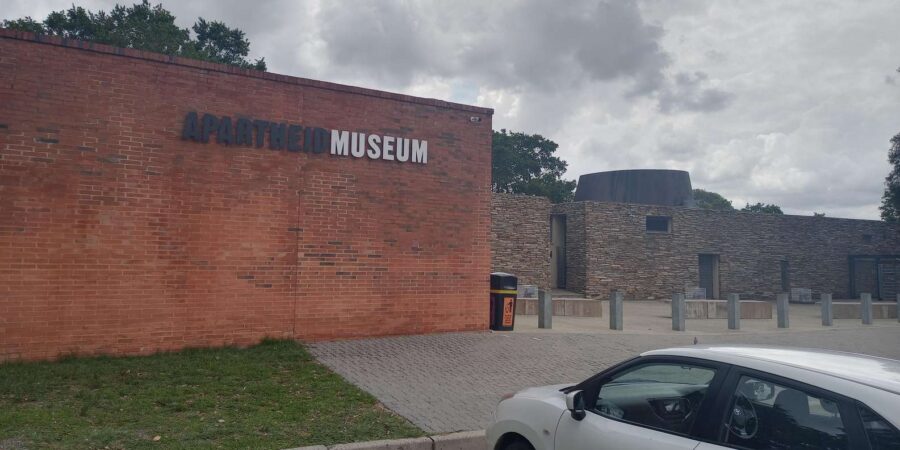
The Apartheid Museum immerses visitors in the harrowing history of racial segregation that plagued South Africa for decades.
Through its thought-provoking exhibits, the museum chronicles the rise and fall of the apartheid regime. Guests are guided through a series of multimedia displays that vividly depict the oppression, resistance, and eventual triumph of the anti-apartheid movement.
From historical artifacts to personal testimonies, the museum offers a powerful and comprehensive look at this pivotal chapter in South Africa’s past.
The Apartheid Museum stands as a solemn reminder of the struggle for equality and serves as a testament to the resilience of the human spirit.
You can also read our reviews of more museum experiences in Krugersdorp
Understanding Soweto’s History
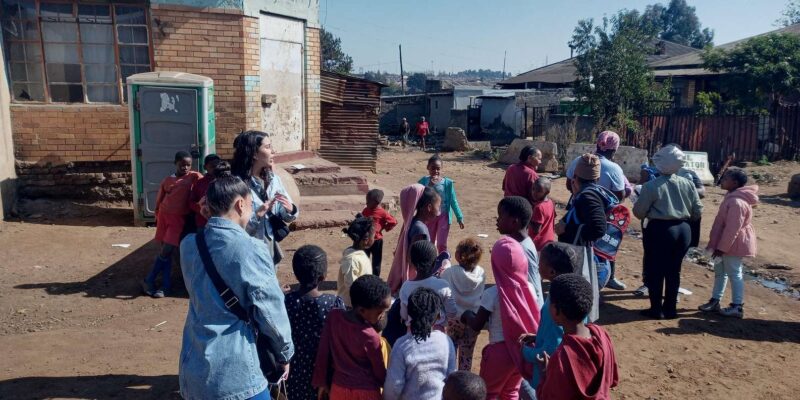
From exploring the somber history of apartheid at the Apartheid Museum, the tour now takes visitors to the iconic township of Soweto.
This vibrant community was at the heart of the anti-apartheid struggle, with landmarks like the Hector Pieterson Memorial and Vilakazi Street – the only street in the world to have housed two Nobel Peace Prize winners, Nelson Mandela and Archbishop Desmond Tutu.
Visitors can learn about the 1976 Soweto Uprising, a pivotal moment in the fight for freedom, and see firsthand the resilience and determination of the South African people.
The Soweto tour offers a powerful and deeply moving glimpse into the country’s turbulent past and inspiring journey towards reconciliation.
Highlights of Guided Tour
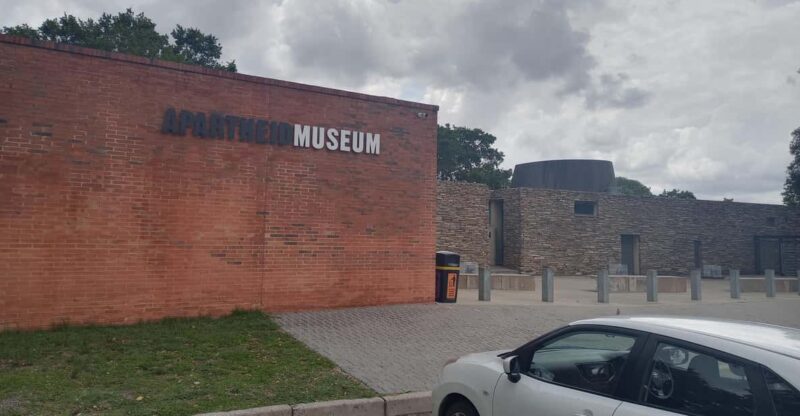
A guided tour of the Apartheid Museum and Soweto provides visitors with a comprehensive understanding of South Africa’s complex history.
The tour highlights include:
-
An in-depth exploration of the Apartheid Museum, which offers a powerful and immersive exhibition on the country’s struggle for racial equality.
-
A visit to the iconic Soweto township, known for its role in the anti-apartheid movement, including a stop at the Hector Pieterson Memorial.
-
Insights into the daily lives and resilience of Soweto’s residents, with opportunities to engage with local community members.
-
A chance to witness the vibrant culture and architecture that have emerged in the wake of the apartheid era.
Visiting Mandela’s Residence
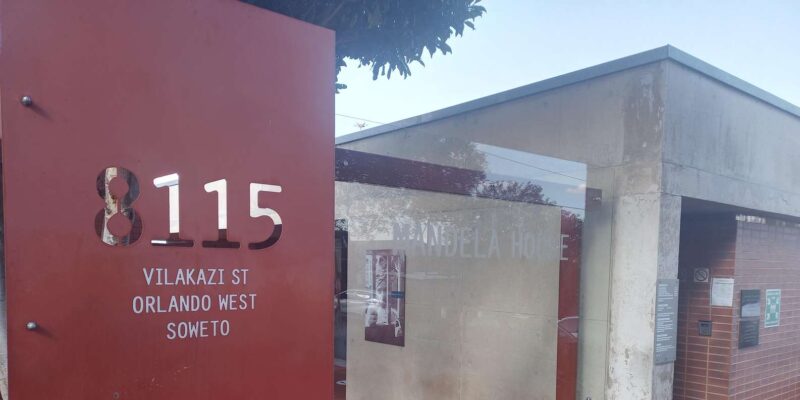
As part of the guided tour, visitors have the opportunity to visit the former residence of Nelson Mandela, a revered figure in South Africa’s history.
The Mandela House, located in the Soweto township, offers a glimpse into the life of the iconic leader. Visitors can explore the modest two-story building, which has been preserved as a museum, and gain a deeper understanding of Mandela’s personal and political struggles during the apartheid era.
The tour provides a chance to walk in the footsteps of this remarkable man, gaining insights into his resilience, determination, and unwavering commitment to the fight for social justice and equality.
More Great Tours NearbyExperiencing Township Culture

Beyond the visit to Mandela’s former residence, the guided tour takes visitors on an immersive exploration of Soweto’s vibrant township culture.
The experience offers a chance to:
- Wander through bustling markets, where locals sell handcrafted goods, fresh produce, and traditional cuisine.
- Observe the lively street life, with children playing soccer and residents socializing on stoops.
- Visit a local shebeen, or informal tavern, to sample popular African beers and learn about the community’s social fabric.
- Engage with residents, gaining insights into their daily lives, hopes, and challenges under the lingering shadow of apartheid.
This insightful journey provides a deeper understanding of Soweto’s resilient spirit and the ongoing transformation of South African society.
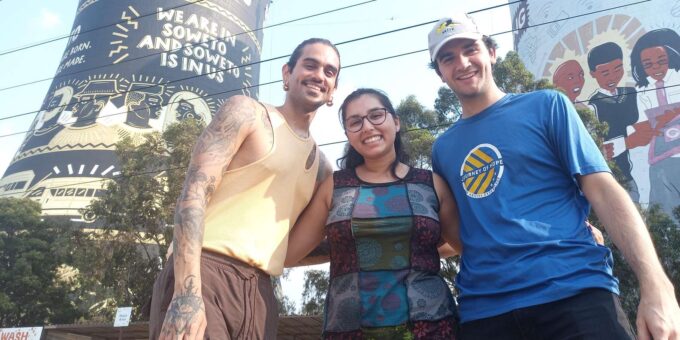
Several transportation options are available to visitors exploring the Apartheid Museum and Soweto.
One popular choice is a guided tour, which includes round-trip transportation from central meeting points. This allows visitors to sit back and learn about the area’s history and landmarks from a knowledgeable guide.
Alternatively, visitors can arrange private transfers or rent a car to have more flexibility in their schedule.
Public transportation, such as buses and trains, also connects the Apartheid Museum and Soweto, though navigating the system may be more challenging for first-time visitors.
Ultimately, the transportation method should align with the visitor’s preferences, budget, and comfort level to make the most of their experience.
Preparing for the Journey
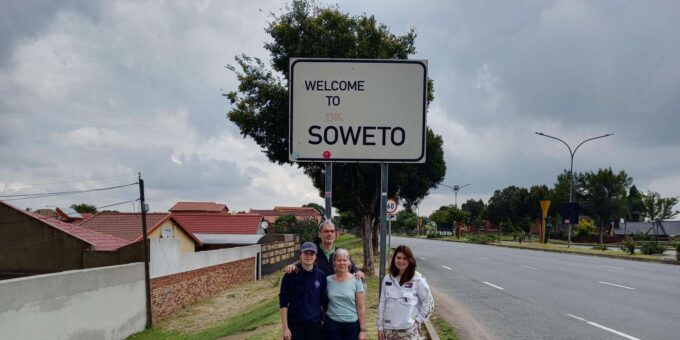
Visitors preparing for their journey to the Apartheid Museum and Soweto will want to consider a few key factors.
First, the tour’s duration is 6 hours, so packing snacks and staying hydrated is crucial.
Second, the tour involves moderate walking, so comfortable shoes are a must.
Third, the tour isn’t suitable for those with mobility issues or certain medical conditions, so it’s essential to review the participant requirements.
Finally, bringing a camera to capture the powerful experiences is highly recommended.
Frequently Asked Questions
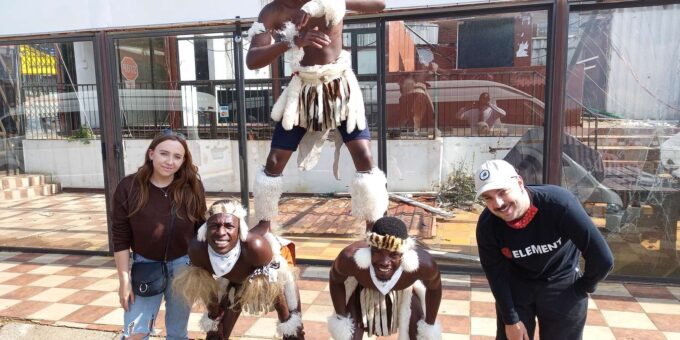
Can I Visit the Apartheid Museum and Soweto on My Own?
Yes, you can visit Maropeng and the WonderCaves on your own. The tour includes transportation, but you don’t need to book the tour to see these attractions independently.
What if I Cannot Walk for an Extended Period?
If you can’t walk for an extended period, this tour may not be suitable. It requires moderate fitness for a 1-hour walk. Consider other tour options that accommodate those with mobility issues or book a private tour.
Can I Take Photos Inside the Apartheid Museum?
Visitors can take photos inside the Maropeng Visitor Centre, but photography may be restricted in certain areas to preserve the exhibition. It’s best to check with staff upon arrival for specific photo guidelines.
Is There a Discount for Students or Seniors?
The tour doesn’t explicitly state a student or senior discount. However, it’s best to inquire directly with the tour provider as they may offer discounted rates for certain groups. The pricing appears to be a flat rate per person.
Can I Book This Tour in Multiple Languages?
Yes, the tour can be booked in multiple languages. The tour operator offers guided tours in English, Afrikaans, and Xhosa, allowing visitors to experience the Maropeng Visitor Centre and WonderCaves in their preferred language.
The Sum Up
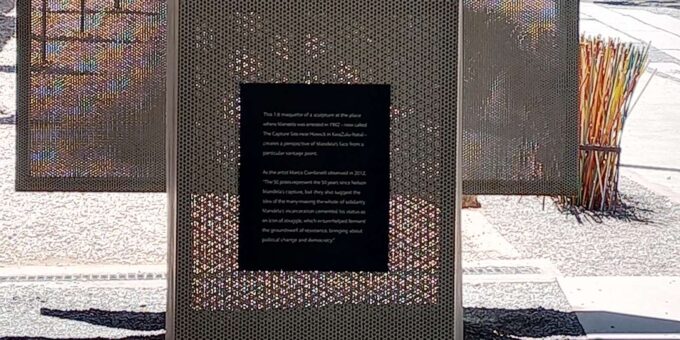
The Apartheid Museum and Soweto offer a profound exploration of South Africa’s struggle against racial segregation. Visitors can gain insights into the resilience of the South African people, their vibrant culture, and the ongoing transformation of their society post-apartheid. This journey provides a unique opportunity to understand the country’s complex history and witness the progress made towards a more equitable future.
You can check availability for your dates here: